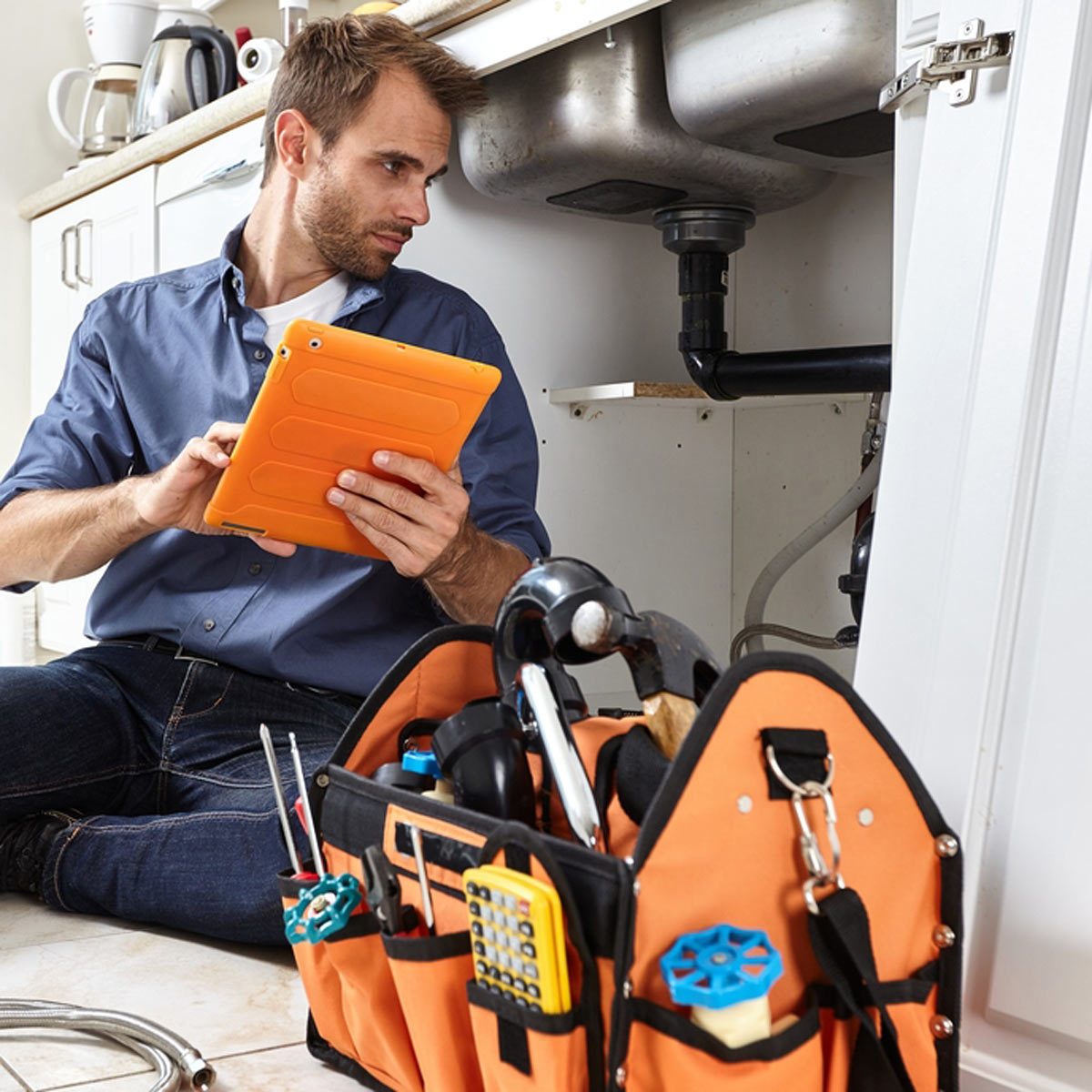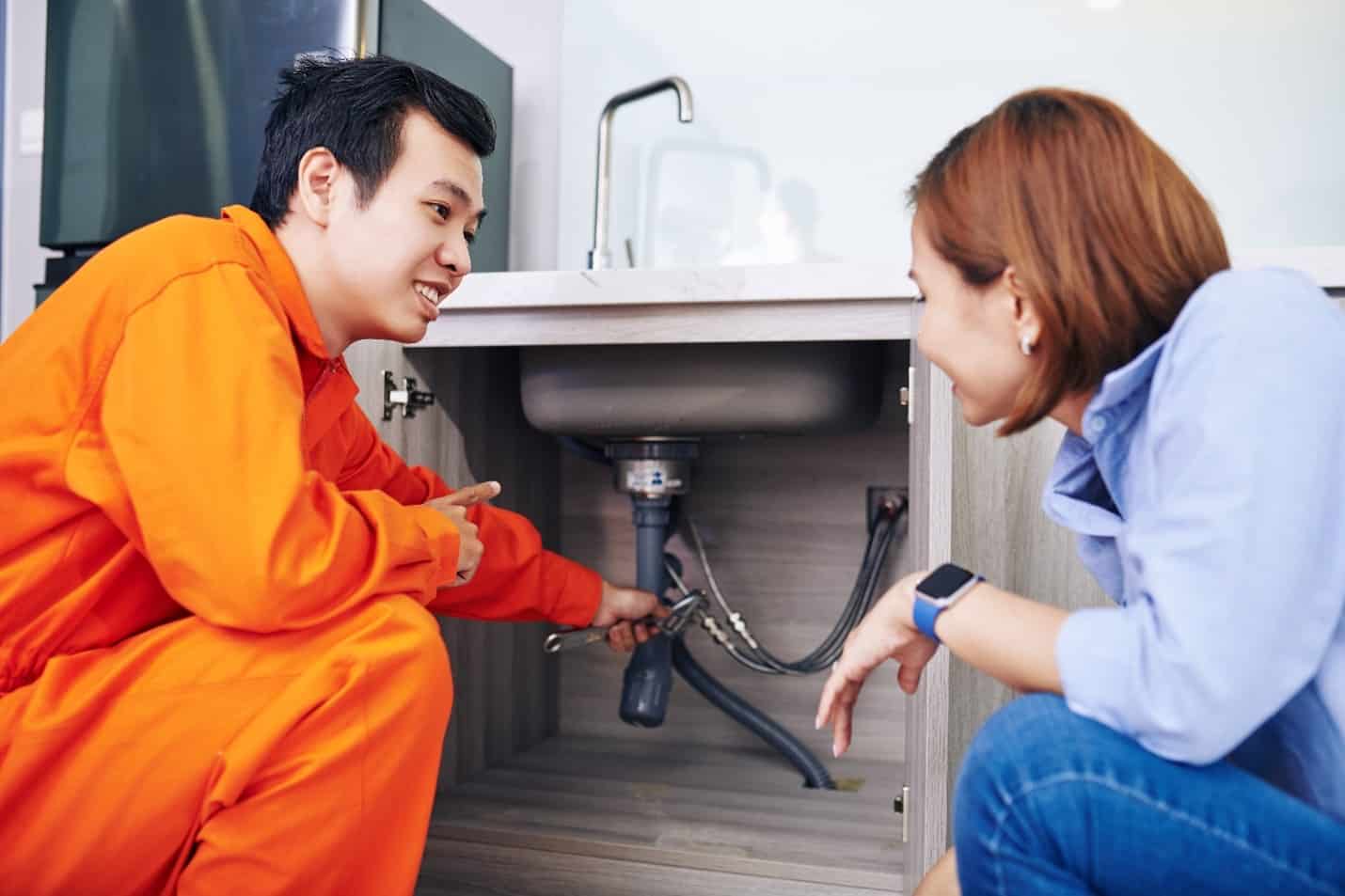Were you trying to find resources on When to DIY and When to Call a Professional Plumber?

Intro
Plumbing problems can range from minor troubles to major frustrations, usually motivating house owners to choose between tackling the trouble themselves or employing a specialist plumbing. Recognizing when to DIY and when to seek professional help can conserve time, money, and avoid potential catastrophes. This article explores the elements to think about when making this crucial decision.
Advantages of DIY Pipes
Tackling pipes jobs yourself can be gratifying in numerous means, especially for less complex projects.
Price Savings
DIY pipes projects often save cash by avoiding specialist service fees. Tasks like dealing with minor leaks, replacing faucets, or installing brand-new showerheads are examples where home owners can take care of repair work without hiring a plumbing professional.
Skill Improvement
Engaging in DIY pipes provides an opportunity to learn and improve functional skills. Fundamental tasks equip house owners to recognize their plumbing systems far better and obtain confidence in taking care of small fixings individually.
Threats of DIY Plumbing
While do it yourself projects offer advantages, specific dangers should be very carefully considered prior to attempting fixings.
Complexity of Jobs
Some plumbing problems need customized understanding and tools past regular property owner capabilities. Messing up intricate troubles can lead to additional damages and expensive repair services.
Safety Concerns
Working with plumbing systems involves threats such as exposure to water damage, capacity for electrical dangers, and managing devices incorrectly. Security preventative measures need to be observed to prevent mishaps and guarantee reliable repair services.
Indicators to Call a Professional Plumber
Acknowledging when a plumbing concern exceeds DIY capacities is important to avoid aggravating problems.
Indications of Complicated Concerns
Examples consist of:
Motivate expert intervention is required to attend to these problems efficiently and reduce damages.
DIY Pipes Tips
For successful do it yourself plumbing, it's necessary to be prepared with the right tools and comply with correct treatments.
Basic Devices and Products
Secret devices for DIY plumbing:
Step-by-Step Guides
Clear guidelines guarantee risk-free and effective do it yourself repairs:
Picking the Correct Time to Do It Yourself
Identifying when to take on pipes jobs on your own requires evaluating both the complexity of the problem and individual comfort degrees.
Evaluation Checklist
Take into consideration:
When to Certainly Call a Specialist
Certain scenarios demand immediate skilled interest to avoid substantial damages or safety and security risks.
Examples include:
Finding and Employing an Expert Plumber
Selecting a qualified plumbing professional guarantees reputable service and assurance in fixing pipes problems.
Requirements for Selection
Elements to think about:
Expense Analysis: do it yourself vs. Professional Providers
Contrasting the financial ramifications of DIY efforts versus professional pipes solutions assists in making informed choices.
Financial Considerations
Evaluate:
Final thought
Choosing whether to DIY or call a professional plumbing technician depends upon comprehending the complexity of plumbing problems and individual capabilities. By weighing the advantages and risks, property owners can make enlightened options that advertise efficient upkeep and guard their homes from plumbing catastrophes.
DIY Plumbing Projects: What Homeowners Can Do and When to Call a Professional
Welcome to our comprehensive guide on DIY plumbing projects. In this blog post, we aim to empower homeowners with the knowledge and skills to tackle basic plumbing tasks around the house. From unclogging drains to fixing a leaky faucet, we’ll walk you through step-by-step instructions on how to handle these common issues.
However, not all plumbing problems can or should be solved with a DIY approach. Recognizing when a problem is beyond your skill level and requires professional intervention is just as important as knowing how to perform basic tasks. We’ll also discuss the signs that indicate it’s time to put down your tools and pick up the phone to call a professional plumber. By understanding when to DIY and when to call a professional, you can save time, avoid potential disasters, and ensure your home’s plumbing system remains in top shape.
Understanding Plumbing Basics
Before we dive into the DIY projects, let’s take a moment to understand the basics of your home’s plumbing system. A typical residential plumbing system consists of two major components: the water supply system, which brings fresh water into your home, and the drainage system, which removes waste water. These systems are made up of a network of pipes, valves, and fixtures that work together to deliver clean water and dispose of waste efficiently.
Regular maintenance of your plumbing system is crucial to prevent minor issues from escalating into major problems. This includes tasks like checking for leaks, removing minor clogs, and ensuring your pipes are insulated for winter. By performing these tasks regularly, you can extend the lifespan of your plumbing system, save money on water bills, and maintain the comfort and hygiene of your home.
In the following sections, we’ll explore some common DIY plumbing projects that homeowners can handle, as well as situations that require the expertise of a professional plumber. Whether you’re a seasoned DIY enthusiast or a beginner, this guide will provide you with valuable insights into the world of home plumbing.
DIY Plumbing Projects Homeowners Can Handle
Plumbing may seem intimidating, but there are several tasks that homeowners can confidently tackle with a little guidance and the right tools. Here are a few common issues you might encounter and how to address them.
Unclogging Drains
Use a Plunger: This is your first line of defense. A good old-fashioned plunger can dislodge the obstruction and clear the drain in many cases. Try a Plumber’s Snake or Hand Auger: If the plunger doesn’t work, a plumber’s snake or hand auger can reach deeper into the pipe to break up the clog. Use a Drain Cleaner: If physical methods fail, a chemical drain cleaner can dissolve the clog. However, use these products sparingly as they can damage your pipes if overused.

We are very curious about and I am assuming you liked the article. Sharing is caring. Helping others is fun. Thanks a lot for taking the time to read it.
Make An Appointment